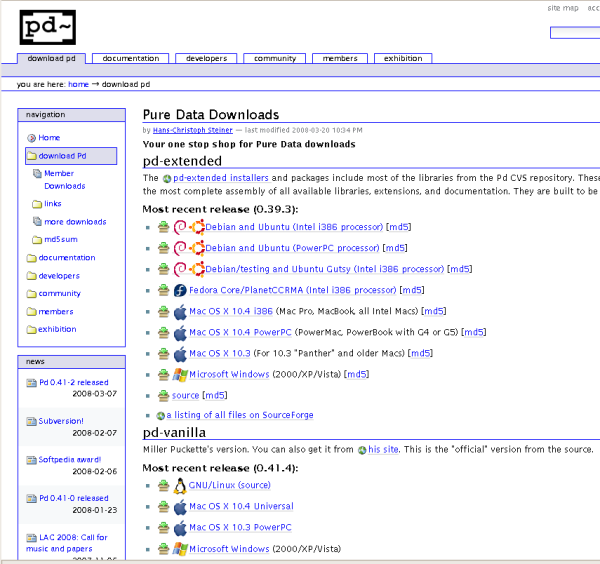Install X11 Library Mac
Jan 14, 2011 This tutorial shows you how to move your iTunes library to an external hard drive. This is very useful is you are running out of space. Video originally created 10/17/09. How to move your Mac's iTunes Library onto an external drive. By Stephen Robles Tuesday, February 03, 2015, 09:17 am PT (12:17 pm ET) When trying to free up drive space on your Mac, one of the. Jan 04, 2020 How to Move Your iTunes Library. You can move your iTunes library to a different folder, computer, or drive. Here's how to do it, even in macOS Catalina, which ditches iTunes for the Music app. Transfer itunes library to hard drive mac. Running out of space on your Mac? Here's how to move your Mac's iTunes library to another location, whether it's another computer or an external hard drive.

Sudo apt-get install x11 Reading package lists. Done Dependency tree is being created Read status information. Done E: x11 package not found 18.04 xorg. I386 library to install wine32:i386 on Ubuntu 18.04 64 bit? Ubuntu 18.04 add package lsb-cxx. Backup Tool Not Working in Ubuntu 18.04. Aug 30, 2015 I've messed around with trying to build x11 and it's dependencies from source, but I think there is a more general issue here. I already have x11 installed per default but it can not find it for any x11.
NOTE I don't have a Mac to easily test and amend these instructions, but it has been tested through Travis Continuous Integration tool and a lot of people managed to get it working. If anyone wants to edit the wiki with better and more up to date Mac instructions please do!
Prerequisites
I recommend installing Homebrew as the easiest way to get a variety of Open Source libraries. Think of it as the Mac equivalent of
apt-get. Homebrew usually installs things under/usr/local/Cellarand then creates links to the version you're using in/usr/local/bin,/usr/local/libetc. This will be relevant later.Install C++17 compiler, boost, TBB, dlib, OpenBLAS, and OpenCV, wget (for model download) with:
The landmark detection model is not included due to file size, you can download it using the bash
download_models.shscript. For more details see - https://github.com/TadasBaltrusaitis/OpenFace/wiki/Model-acquisitionYou'll want the Command Line Tools for Xcode. If you can't use these for any reason, you can build
gccusing Homebrew -- in fact, it will happen automatically -- but it'll be much slower.Get XQuartz (an X Window system for OS X). You don't actually need it to run OpenFace, but having the X libraries and include files on your system will make OpenFace (and various other things) much easier to build.
Optional, but you may find it useful to tell CMake how to find your X Windows libraries, since they may not be in the same place as expected on Linux. Add the following lines to CMakeLists.txt (e.g. after the similar section for OpenCV):
Building

After that, the build process is very similar to Linux (in OpenFace directory execute the following).
and you should have binaries in the bin directory. e.g. you can run:
OpenBLAS performance
OpenFace uses OpenBLAS to accelerate numerical computations and TBB for parallelization, in some cases the threading of OpenBLAS and TBB clash. This can lead to the following error:OpenBLAS : Program will terminate because you tried to start too many threads.
To fix it and to potentially improve OpenFace performance:
Install X11 Library Mac Download
You can add the below environmental variables (run in the shell just before running any of the OpenFace executables):
You can reinstall OpenBLAS with openmp:
Also see this thread: https://github.com/TadasBaltrusaitis/OpenFace/issues/748
Install X11 Library Mac Torrent
- Manually Installing an Oracle® Solaris 11.4 System
- Document Information
- Using This Documentation
- Chapter 1 Overview of Installation Options
- What's New in Installation for Oracle Solaris 11.4
- Installation Methods and the Installation Documentation
- Additional Installation Options
- System Requirements for OS Installations
- About IP Addresses in This Guide
- Chapter 2 Preparing for the Installation
- Using Rights Profiles to Install Oracle Solaris
- Partitioning Your System
- About Partitioning for Installing Multiple Operating Systems
- Partitioning a System Prior To Installation
- Partitioning a System During an Interactive Installation
- x86: Setting Up Partitions During an Interactive Installation
- Setting Up VTOC Slices During a Text Installation
- Installing on a SCSI Target
- About Device Drivers on the System
- Chapter 3 Using the Text Installer
- About Text Installation
- Text Installation Tasks
- Adding Software After a Text Installation
- Appendix A Text Installer Panels
- Panels for Configuring the Installation
- Appendix B Using the Device DriverUtility
- Device Driver Utility Overview
- Index